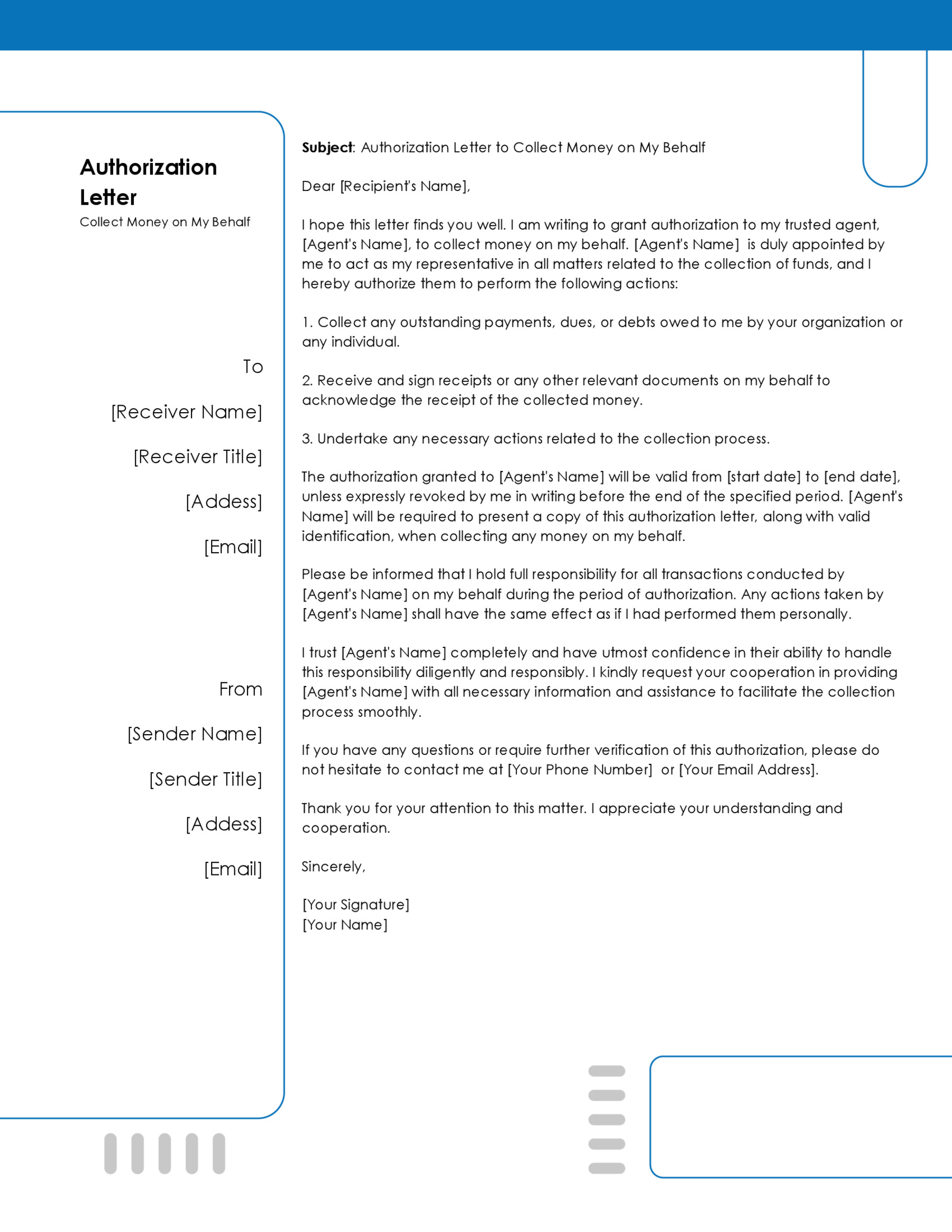In the modern community, subletting has become a common practice where tenants lease their property or a portion of it to another interested party. When dealing with matters of leasing and subleasing, specific guidelines are often put in place in the form of terms and conditions for leasing and subleasing to ensure that all parties involved are satisfied with the coexistence.
However, on some occasions, some landlords often neglect to include conditions and terms regarding a sublease by the tenant. This usually warrants that the tenant seeks consent from the landlord before leasing out the property to a third party. These subleasing consent agreements are often in written formats to be available as exhibits; thus, both parties are often forced to fill out a sublease consent form.
A sublease consent form is, therefore, a document filled out by the landlord and signed by the landlord and the tenant giving the tenant the freedom to sublease the property to a subtenant whenever a sublease agreement was not initially included in the commercial or residential lease agreement.
The Vitality of Having a Sublease Consent Form
Subleasing without consent from, the landlord may often land an individual into significant misfortunes. Since the tenants are often only mere renters, the landlords often have sovereign ownership to the property; thus, they may act accordingly when the agreements of the lease are violated. Therefore, without clearly stating their stance regarding tenant subleasing on the lease agreement, the landlords may very well evict both the tenant and the subtenant for breaking the initial contracts and illegally renting their property.
In some states, this is often a serious matter that might land an individual into jail; thus, is it vital to get consent from the landlord before subleasing to prevent any future inconveniences and troubles that might result from the subtenant’s sublease.
When a Sublease Consent Form is Required?
Sublease consent forms are often used whenever the tenant needs to sublease to a subtenant to be able to keep up with the original agreement or make some extra rent money on the side by not wasting property space. Moreover, the tenant may also need to sublease the whole property when they are evacuating the region before the end of their lease agreement; thus, this will ensure the landlord’s rent is sufficiently paid.
More often than not, tenants and people in general frequently asked questions regarding subleasing, sublease agreements and sublease consent. Therefore below are some sample questions with answers regarding subleasing:
Is there a difference between a lease and a sublease agreement?
It is always crucial for all parties involved to establish that the agreement is for sublease and not a lease to avoid miscommunication and future troubles.
What exactly does the sublease agreement entail?
A sublease agreement is often between a tenant and a subtenant and usually for a portion or even the entire property. Furthermore, the tenant can transfer the privity of the estate only but not that of the initial contract in this agreement.
What are the contractual relationships involved in a sublease agreement?
There are two contractual relationships in this agreement, one between the tenant and the subtenant and the other between the tenant and the landlord. Thus, there is no direct contractual relationship between the landlord and the subtenant; hence, any issues from the subtenant must pass through the tenant before reaching the landlord.
What is the common problem faced by subleasing tenants?
Many lease agreements do not always clearly restrict the tenants from subleasing; thus, many tenants are often of the notion that they may sublease freely without the landlord’s say so. It is often, however, recommended to seek consent from the landlord before subleasing.
Are there federal laws and policies associated with subleasing?
Every state and local governments often have laws governing subleasing; thus, tenants, subtenants, and landlords should regularly consult with these laws before committing to a contract to prevent future inconveniences.
Landlord Permission to Sublet Form

How to Fill the Sublease Consent Form
This is also an important form and part of the lease agreement between the tenant and the landlord. Thus, it is vital to fill it out correctly and precisely to avoid inconveniences. The form has spaces to be filled and empty boxes to be marked upon consideration of the answers.
The introductory portion requires both parties present to fill out the date that the sublease consent agreement was filled out, followed by the landlord’s and the tenant’s name, the date that the original lease agreement was signed, and the complete address and location of the estate/property in question.
The form is further sub-sectioned into thirteen parts with each part elaborating and expanding on the consent agreement as shown below:
- Part I, titled the ‘sublease,’ dictates whether the landlord allows the tenant to sublease a portion of the whole property with or without sequential approval of the subtenant by the landlord.
- Part II, titled ‘executed copies,’ dictates the number of business days given to the tenant to provide a copy of the sublease agreement.
- Part III, titled ‘sublease fee,’ dictates whether the landlord grants permission to the tenant to sublease at a fee or for free, and if there is a fee involved, then the amount is indicated in the form.
- Part IV, titled ‘conditions,’ explains whether the tenant has been allowed by the landlord to sublease recurrently or on a one-time basis.
- Part V, entitled ‘Tenant’s acknowledgment,’ elaborates on the responsibilities of the tenant henceforth to the subtenant and those of the landlord to the tenant regarding the sublease.
- Part VI, entitled ‘monthly rent,’ dictates who determines the monthly rent amount. That is, either the tenant or the master lease by the landlord.
- Part VII and VIII, entitled ‘entire agreement and interpretation and amendment,’ stipulates the new changes and their effect on the initial agreement. Furthermore, it explains the terms for the modification of these agreements.
- Part IX, entitled ‘attorney’s fee,’ dictates that in case of a dispute, the prevailing party is entitled to recover from the other party, including the court costs.
- Part X, entitled ‘counterparts,’ indicates that counterparts may also sign the agreement.
- Part XI, entitled ‘the binding effect,’ explains that the agreement is binding to the landlord, the tenant, and their respective heirs, administrators, successors, in interest, and assigns.
- Part XII, entitled ‘governing law,’ names the state whose laws were executed, thus the state location of the property.
- Part XIII, entitled ‘severability,’ dictates the court’s action upon the invalidity of the agreement.
These sections require correct answers to prevent any future disputes due to misunderstandings from one party. The final section involves the signatures of the parties and their full names written in front of an eyewitness.












